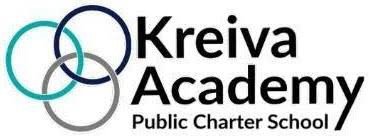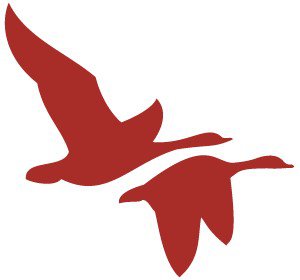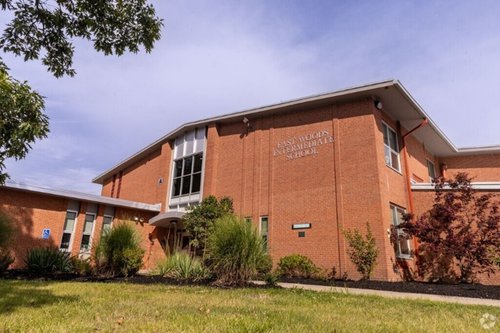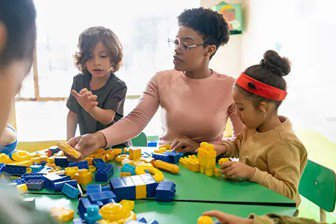More NH families than ever are opting into school choice, prompting questions about how to measure success - by Sarah Gibson, NHPR
Melissa Johnston used to send her four kids to neighborhood public schools in Manchester. But they weren’t a good fit. She says one of her sons got suspended in second grade for stealing his teacher's gum. All of her kids have ADHD and struggled to focus.
So she went looking for another option. She started by searching online for “alternatives to traditional public schools.”
“That was my first introduction to charter schools,” she remembers. “Each charter school has their different philosophy, their different way of teaching things, their way of being, their community — everything.”
Johnston eventually landed on Kreiva Academy, a charter school in downtown Manchester. She appreciated the school's diversity and spirit of inclusion, and its approach to learning. Classes are small, and lessons are hands-on and driven by students’ individual interests. She’s been so impressed by her kids’ success that, last year, she left her old job to work as Kreiva’s family engagement specialist.

Alaska teacher apprenticeship program approval unlocks millions to fuel workforce pipeline – By Claire Stremple, Alaska Beacon
When the only preschool teacher left Harold Kaveolook School in Kaktovik, a village of around 250 people on the northern coast of Alaska, Chelsea Brower was in charge. It was January and she had been the preschool aide for about a year-and-a-half.
“Being with the kids and trying to be their teacher is what really made me realize I want to be their teacher — and it also made me realize I need to become certified to be their teacher,” she said.
The only problem was that universities that offered the requisite courses were hundreds of miles away, and she wanted to stay in her hometown with her students.
Fortunately for Brower, the regional Arctic Slope Community Foundation has been working with other tribal groups, the state and federal Departments of Labor and the University of Alaska at Anchorage to develop an apprenticeship program that aims to grow the teacher pipeline in Alaska. The program was approved by the University of Alaska Board of Regents last week and solidified the first apprenticeship programs for teacher licensure in Alaska.

Ohio Moves Ahead with Science of Reading Lessons, But Some Schools Still Lag – By Patrick O’Donnell, The 74 Million
Boxes of new science of reading workbooks sit at the front of classrooms at East Woods Intermediate School in Hudson, Ohio, ready for teachers to start using when students return to school next month.
Like a third of the 600 districts across the state, the Hudson schools near Cleveland didn’t use science of reading books until Ohio Gov. Mike DeWine and the state legislature ordered districts last summer to implement the curriculum by the 2024-25 school year.
Since the law passed, a state survey in the fall of 2023 found about a third of districts were already using the science of reading, a third were partly using it, and another third were using methods now banned by state law.
Realizing a change in how reading was taught was inevitable even before the law was passed, Hudson district officials started searching for new books last spring — giving them more time than other districts still using lessons that have now fallen out of favor.

The number of licensed child care programs in North Carolina continues to decline - by Katie Dukes, EdNC
Since February 2020, the number of licensed child care programs in North Carolina has decreased by 5.3%, and the loss has accelerated in the past year.
EdNC has been tracking changes in the number of programs over the past year as pandemic-era stabilization funding has expired. Using quarterly data provided by the NC Child Care Resource and Referral Council (CCR&R) in partnership with the NC Division of Child Development and Early Education (DCDEE), we found that 40% of the net loss in licensed child care programs since the pandemic began occurred in just the past year.
In other words, the pace of closures has doubled — from an average net loss of four programs per month from February 2020 through June 2023, to an average net loss of nine programs per month from July 2024 through June 2023— as stabilization grants have diminished.
An extension of those grants was set to expire on June 30, creating a “funding cliff” that was expected to prompt as many as one-third of programs to close their doors. But in the final week of June, the General Assembly committed $67.5 million to extend compensation grants, at a reduced amount, to child care providers.












